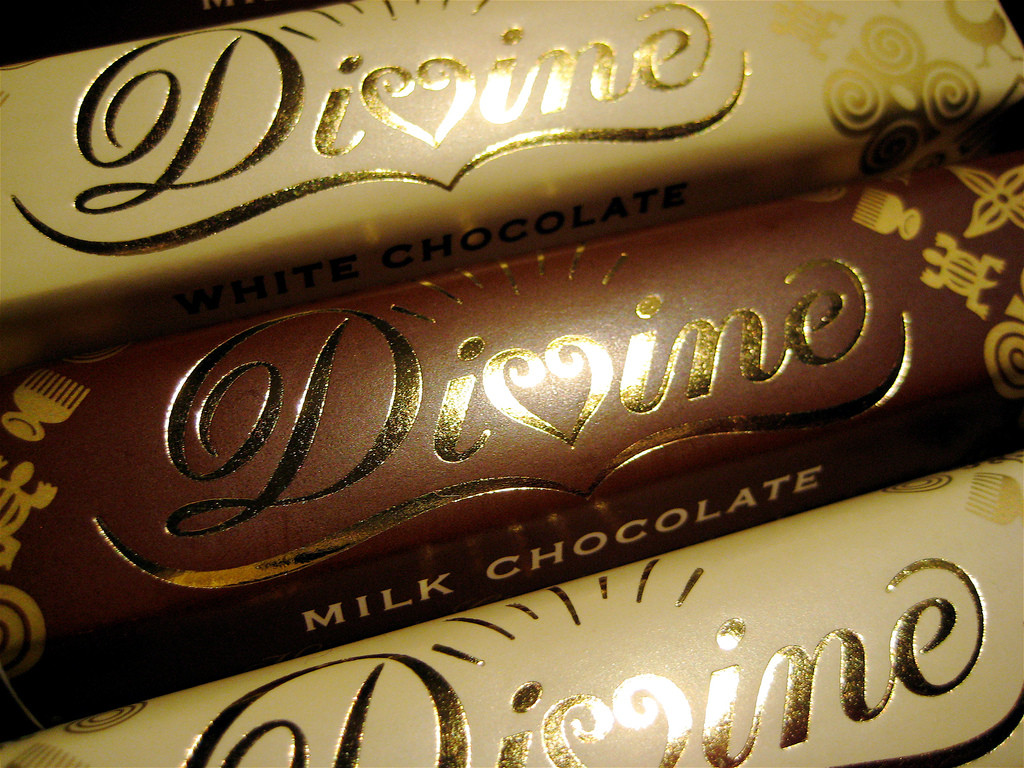
February is a boon for the chocolate industry, with heart-shaped confections found everywhere from drugstores to gas stations. Of course, the same could be said of almost any holiday, as chocolate has become a quintessential part of Easter, Mother’s Day and more.
In fact, chocolate is such a common indulgence that most of us give little thought to how it makes its way to shelves. But in reality, the cocoa industry is fraught with controversy.
Two-thirds of the world’s cocoa comes from Cote d’Ivoire and Ghana, West African countries grappling with political instability, disease, and drought. There, farmers have long relied on child labor – including trafficked children – to harvest crops.
Palm oil, a common ingredient in chocolate, is also problematic. It is often grown unsustainably, causing deforestation that threatens biodiversity and lives of indigenous people.
Just 1% of chocolate qualifies as Fair Trade, with an even smaller percent earning Rainforest Alliance certification – a distinct stamp featuring a green frog. These symbols can help ensure your chocolate-fix was sourced in an ethically and environmentally-sustainable way.
Consumer awareness is pushing major suppliers like Unilever and Mars to clean up their act. Cadbury Dairy Milk bars are now Fair Trade and Dove Dark Chocolate and Hershey’s Dagoba bars are Rainforest Alliance certified. But the multinationals have a lot more work to do.
A better bet are smaller companies with short supply chains that are committed to social and environmental good, such as Newman’s Own, Divine Chocolate, Equal Exchange, and Endangered Species Chocolate.
While they’re likely to be more expensive, they’ll be better for your taste buds – and your conscience.
**********
.
Web Links
Photo, posted September 20, 2007, courtesy of MS via Flickr.
.
Earth Wise is a production of WAMC Northeast Public Radio, with script contribution from the Cary Institute of Ecosystem Studies.
